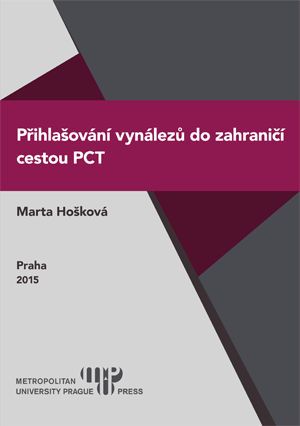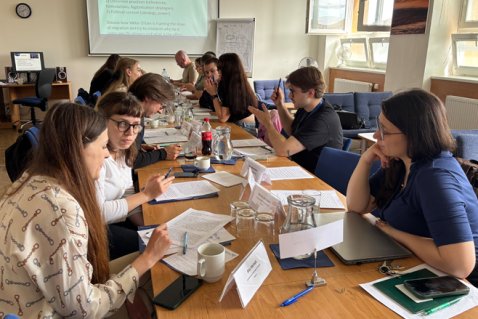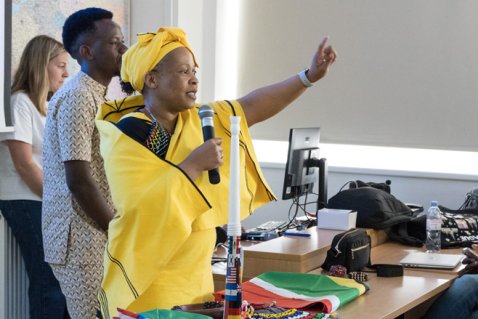HOŠKOVÁ, Marta. Přihlašování vynálezů do zahraničí cestou PCT

1st ed. Prague: Metropolitan University Prague Press, 2015. ISBN 978-80-87956-25-0
The Patent Cooperation Treaty (PCT) is an international treaty administered by the World Intellectual Property Organization (WIPO). Since entering into force in 1978, the PCT has served as an alternative to the Paris Convention for the Protection of Industrial Property – the Paris Convention – for pursuing patent rights in different countries. The PCT System makes it possible to seek patent protection for an invention simultaneously in a large number of countries by filing a single „international" patent application instead of filing several separate national or regional patent applications.
When it was first established, the PCT System comprised 18 members. By 2014, it comprised 148 contracting States.
Advantages of the Patent Cooperation Treaty Applicants and patent offices of contracting states benefit from uniform formality requirements, international search, supplementary international search and preliminary examination reports, and centralized international publication.
Compared with the Paris Convention route, applicants can delay the examination procedures at national patent offices as well as the payment of associated legal fees and translation costs. By deferring national and regional procedures, applicants gain time to make decisions on the potential commercialization of the invention and on the markets in which to seek patent protection.
The reports that applicants receive during the international phase – about relevant prior art and the potential patentability of their inventions – help them make wellinformed decisions.
The PCT System is intended to reduce unnecessary duplication among patent offices and to support work sharing between those offices.
Under the PCT System, an applicant must file an application with a receiving office (RO) and choose an international searching authority (ISA) to provide an international search report and a written opinion on the potential patentability of the invention (figure 2). The International Bureau of WIPO then publishes the application in its online PATENTSCOPE search database. After receiving the international search report and written opinion, the applicant can choose to request a supplementary international search by a supplementary international searching authority, have an international preliminary examination undertaken on this application by an international preliminary examining authority (IPEA). The applicant generally has at least 30 months from the earliest filing (priority) date to decide whether to enter the national phase in the countries or regions in which protection is sought.
Published applications are accessible, free of charge, through WIPO’s online PATENTSCOPE search system.



